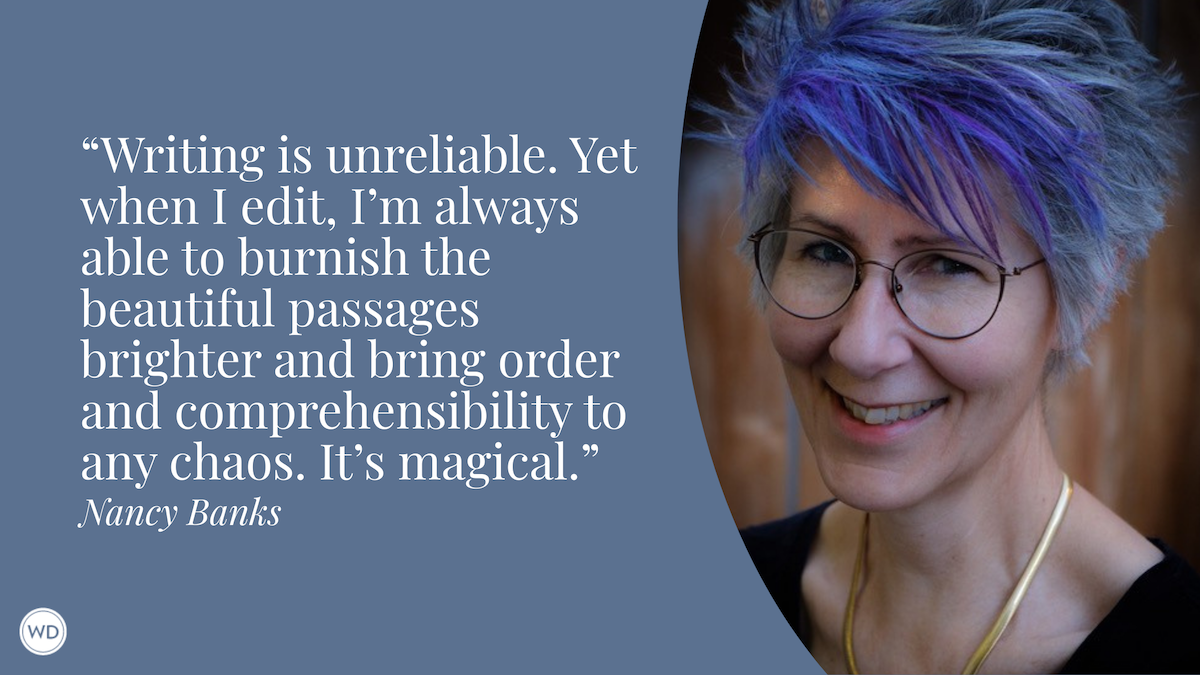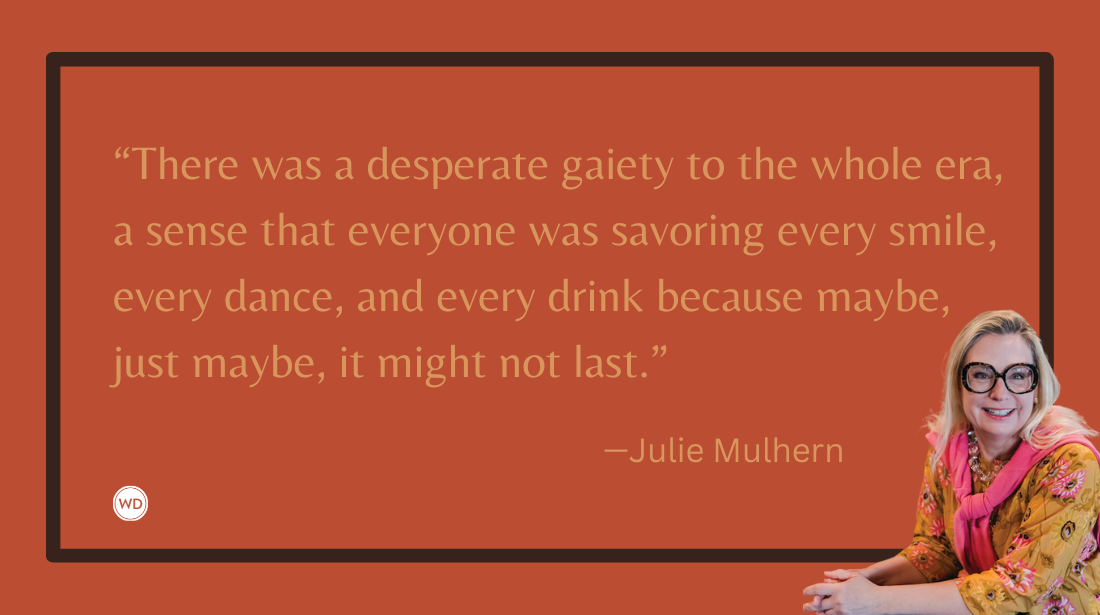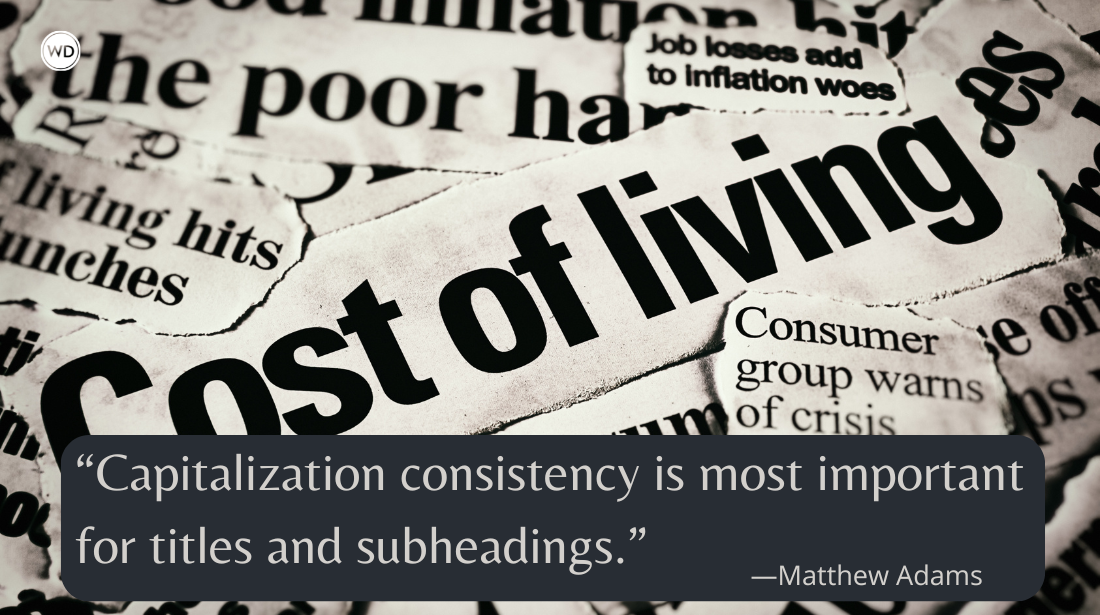6 Tips on Writing for Children
How can you make sure that your children’s or middle-grade novel hits the mark? Novelist Katy Towell shares her top 6 tips for doing just that.
I hadn’t read a children’s novel in an embarrassingly long time when I landed my first deal to write exactly that. Naturally, I went into it with all kinds of notions as to what writing for children entailed. Things like: don’t be too scary, use simpler language, write about whatever it is kids like these days. Fortunately, I soon learned that those rookie notions were totally wrong.
Here are six lessons I’ve learned about writing for children that could save you a few headaches.
6 Tips on Writing for Children
1. Write for yourself.
Let’s say robot athletes are all the rage with kids right now. But maybe you don’t like sports, and maybe you don’t care about robots. You never did. So, why would you write about robot athletes now? As much as you may want to delight your young readers, your heart won’t be in it, and they’ll see right through you. That’s if you’re even able to complete the manuscript. Writing has enough challenges already. Writing a book you wouldn’t want to read is unfair to yourself and doubly unfair to the reader. Besides, your assumptions are probably wrong. Write what you love—what you love now and what you would’ve loved as a child. You’ll find readers who love it just as much.
IndieBound | Amazon
[WD uses affiliate links.]
2. Don’t baby your audience.
Children are actually pretty tough, and they’re a lot smarter than adults often expect them to be. There are certain limits, but don’t assume you can’t write about death or tragedy or other tough subjects just because your readers are twelve and under. Consider the works of Roald Dahl: they’re full of grief and bizarre deaths and morally reprehensible adults. Yet his books and stories are still kids’ favorites. As for vocabulary: write naturally. Don’t overthink it. Some of your terms might be new to your readers, but they can usually pick up the meaning through context. Or if they can’t, they generally have quick access to a dictionary. It’s how you learned, after all.
3. Nix the pop culture references.
Unless that popular social media site or teen singing sensation is crucial to your story, don’t bother writing them in. It’s a rare author who can do so without sounding desperate for relevance among young readers. In fact, the more reference dropping you do, the more out of touch you sound. The effect will be that much worse years later after all those references are outdated. This doesn’t mean you can’t write about anything old, either. There’s a difference between history and “Howdy, kids! I, too, know what The Facebook is!”
4. Give your readers a feeling of power.
Children live in a world limited by their size, their knowledge, and rules made by adults. Let them live vicariously through characters who can break some of these bonds. Encyclopedia Brown solved crimes. Harry Potter and friends rescued the wizarding world. Coraline Jones fought a horrible witch. They all lived through some measure of peril that nobody ever really wants to experience, but these characters triumphed, and they did so without relying solely on grownups. And that’s ultimately what kids want—that feeling that they could do something epic if they had a mind to. Show them they’re right by giving them characters who win against the odds. Which brings me to my next tip...
5.Relatable characters are key.
No character should be without flaw. If saving the day always comes without effort to the protagonist, if he never doubts himself, if she never makes a mistake she’ll have to fix, then you have a boring hero on your hands. Kids expect to be inspired, and what is there to look forward to if your reader can’t identify with your main character? If they can’t say to themselves, “I’ve felt like that too! I’m not so dumb after all!” then your hero is impossible to believe, and you’ll lose your audience’s attention.
6. Read children’s books.
Since my journey in writing began, I’ve become well and happily reacquainted with middle-grade fiction. There really is no better writing coach than a well-written book, after all. You might worry that exploring the works of well-loved authors will make your own writing less original, but nothing could be further from the truth. Read those other books. Read lots of them and then ask yourself what you liked about them. You might learn a thing or two. I certainly did.
Katy Towell is an artist, creative director, and writer in Portland, Oregon, with dreams of one day being the scary old lady in the house about whom all the neighborhood children tell ghost stories. She is also the author of the middle grade novels Skary Childrin and the Carousel of Sorrow, and most recently, Charlie and the Grandmothers. She is also the creator of the Childrin R Skary website, where you can visit her to learn more: skary.com.









